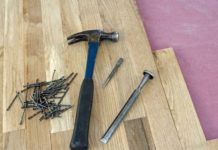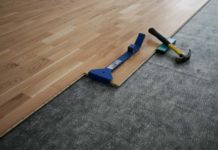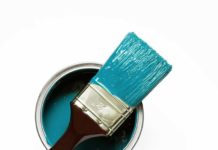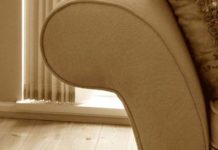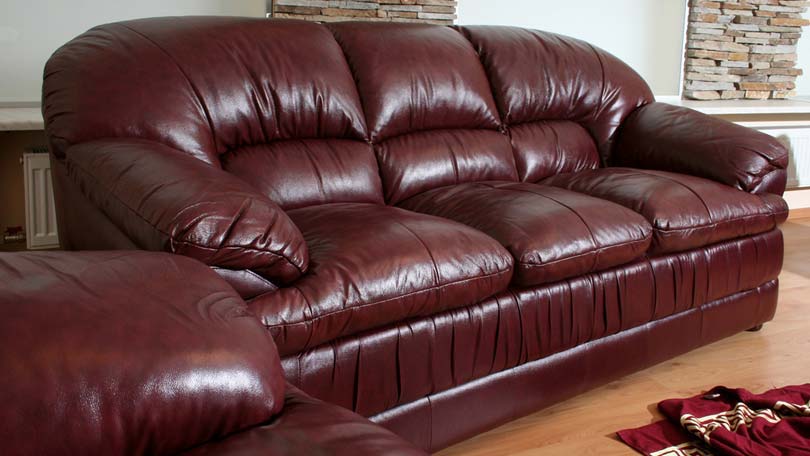
There is something very special about leather furniture, be it couches, chairs or luxurious leather beds. But like all types of furniture, it needs to well cared for and properly maintained.
The thing is that leather is quite different to other furniture materials, including every type of textile that is normally used to upholster furniture. In addition, even though good quality vinyl can look a lot like leather, caring for vinyl and caring for leather furniture involve totally different practices and products.
Regular Cleaning of Leather Furniture is Essential
Like everything in your home, leather furniture must be kept spotlessly cleaned – well just clean will probably do the trick! You need to dust and/or vacuum leather upholstery and leather table tops, and make sure that dust and dirt don’t accumulate in corners.
If you spill something on your leather furniture, it is essential to clean surfaces quickly and thoroughly. But it is also important to use as little water as possible. Unfortunately too many people use soap and water to clean their leather furniture, and this has a detrimental effect, speeding the process that leads to cracking and eventual breaking of the material. Even if there is some sort of stain, it is important that you don’t use much water to clean it, and you must remember that strong solvents can bleach color out of leather.
Products that will Condition Leather used for Furniture
A major concern with leather furniture is that it will crack. So even if it is beautifully clean and well maintained, it is a very good idea to take steps to soften and condition the leather from time to time – particularly when it is new.
There are many different types of leather, depending on the animal from which the hide (or skin) was obtained. But it is more color than anything else that must be considered when it comes to conditioning or seasoning leather. For instance, dark leather may be treated with castor oil, while you should rather use transparent petroleum jelly on pale-colored leather. Either way, apply the oil or jelly, and then wipe off and polish softly using an absorbent cloth.
Another route to take is to use a proprietary hide-food that you apply to the leather, leave for 24 hours, and then polish once most of it has been absorbed.
Or you can sponge on a homemade mixture of 600 ml or 2 fluid oz of water + 20 ml or ¾ fluid oz vinegar + 5 ml or just a fraction of a fluid oz of household ammonia (about a teaspoonful will do it). While the solution is still on the leather, apply castor oil will a clean rag and allow it to dry. Then polish using just a little bit of furniture cream.
An even less involved homemade anti-crack solution can be made with one part vinegar and two parts boiled linseed oil. This does seem to soak into the leather and “feed” it. Alternatively, you could use a proprietary leather conditioner once or twice a year. But don’t overdo it.
Even though there is a school of thought that maintains wax should not be used to condition leather, dubbin, a traditional wax product, has been used on leather for centuries. Made with natural beeswax, oil and tallow (which is a hard animal fat that was used for making candles in times past), it also softens and waterproofs leather.
All you do is clean the leather thoroughly and then, using a clean cloth or brush, apply the dubbin to the leather, rubbing it in well to ensure that it penetrates the material thoroughly. If you warm the leather slightly before you apply the dubbin, it will penetrate more easily, in this way “feeding” the leather. Dubbin may also be melted and applied to leather in a form that is more like oil. If this is the way you choose to apply it, make sure that the leather dries through before you polish it with a clean, dry cloth or duster.
Products that are Suitable for Cleaning Leather Furniture
Saddle soap, made for cleaning leather riding saddles, is a wonderful product that is made by a number of different manufacturers. All you do is to use it together with a damp (not wet) cloth, and rub until the leather is clean. Allow the leather to dry thoroughly, and then buff using a clean, soft cloth to get a good natural shine.
If your leather furniture looks a little grubby in places, you could use a little bit of shoe cream to clean it. But use with care, and don’t try and clean vast areas. Shoe cream comes in small quantities – hmm yes, for shoes. Consider this a quick fix.
Sometimes you will find that wax builds up on furniture, particularly on leather table tops. You can remove the build-up with a water and vinegar solution mixed 2:1. But once again don’t let the weather get wet.
Another problem that some people experience involves indentations that form at pressure points where lamps or other heavy objects have been placed on leather table tops. A particularly good way to counter this is to apply oil mixed with pure lemon juice twice a day for about a week. Assuming this works, you can maintain the original status quo of the leather by using this same lemon oil once a month.
If somebody spills ink on a leather table top (which in this day and age is not very usual), rub the stain very gently with a lump of cotton wool that has been dipped into white spirit. Just be careful because while the spirit will remove the ink, it may also remove some of the color from the leather.
How to Clean and Maintain Fake Leather
The most common form of fake leather is made using vinyl which looks like, but doesn’t really feel like, and certainly doesn’t smell like the real thing.
If there are sticky marks on fake leather, wipe them off using warm soapy water.
NEVER use wax, cream polish or oil on vinyl. Oil will tend to harden vinyl, while wax and polish just make the surface tacky and revolting.

